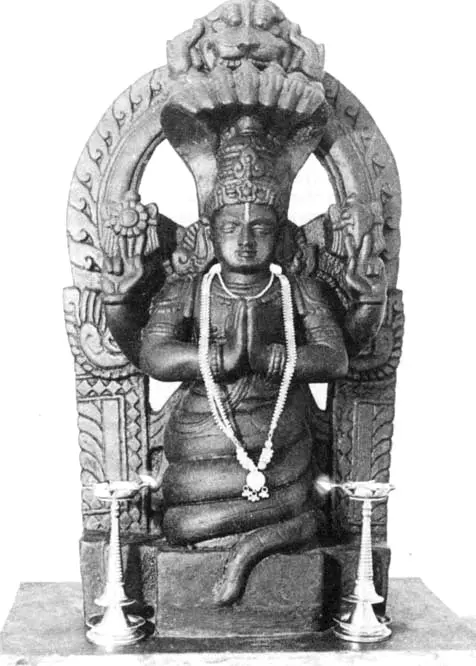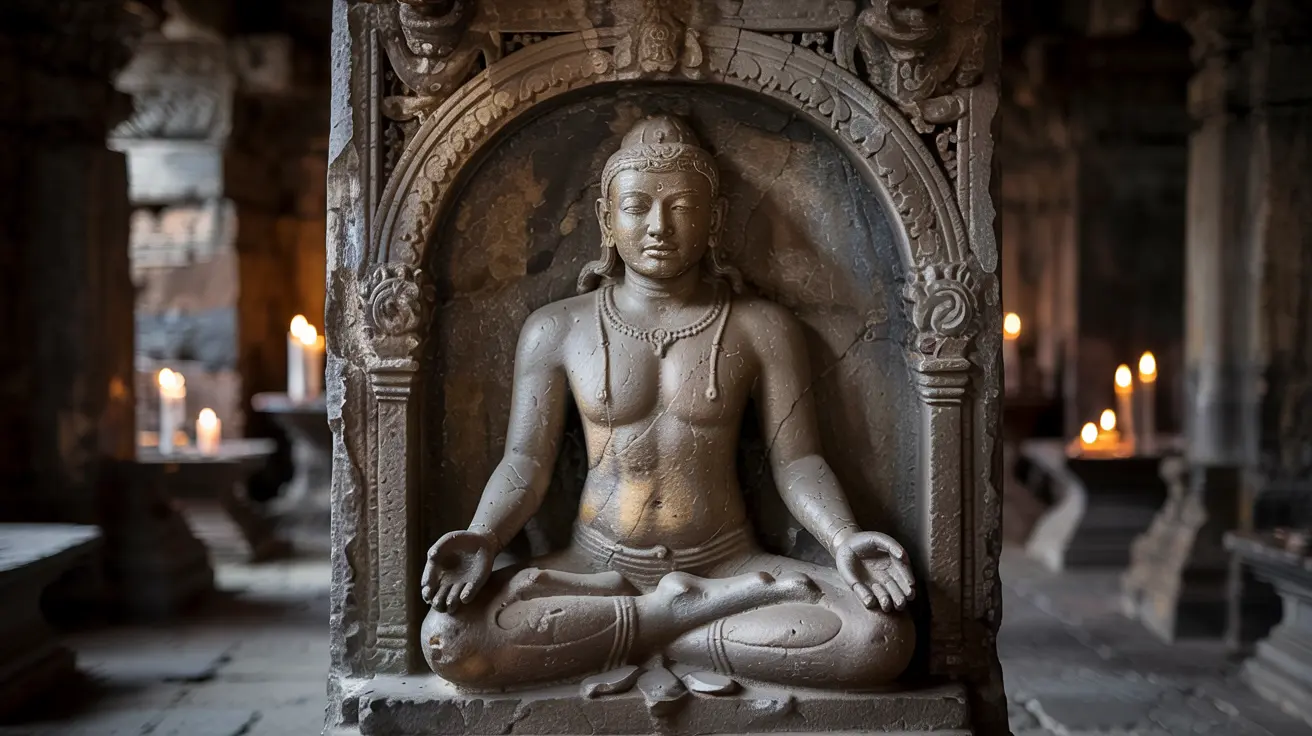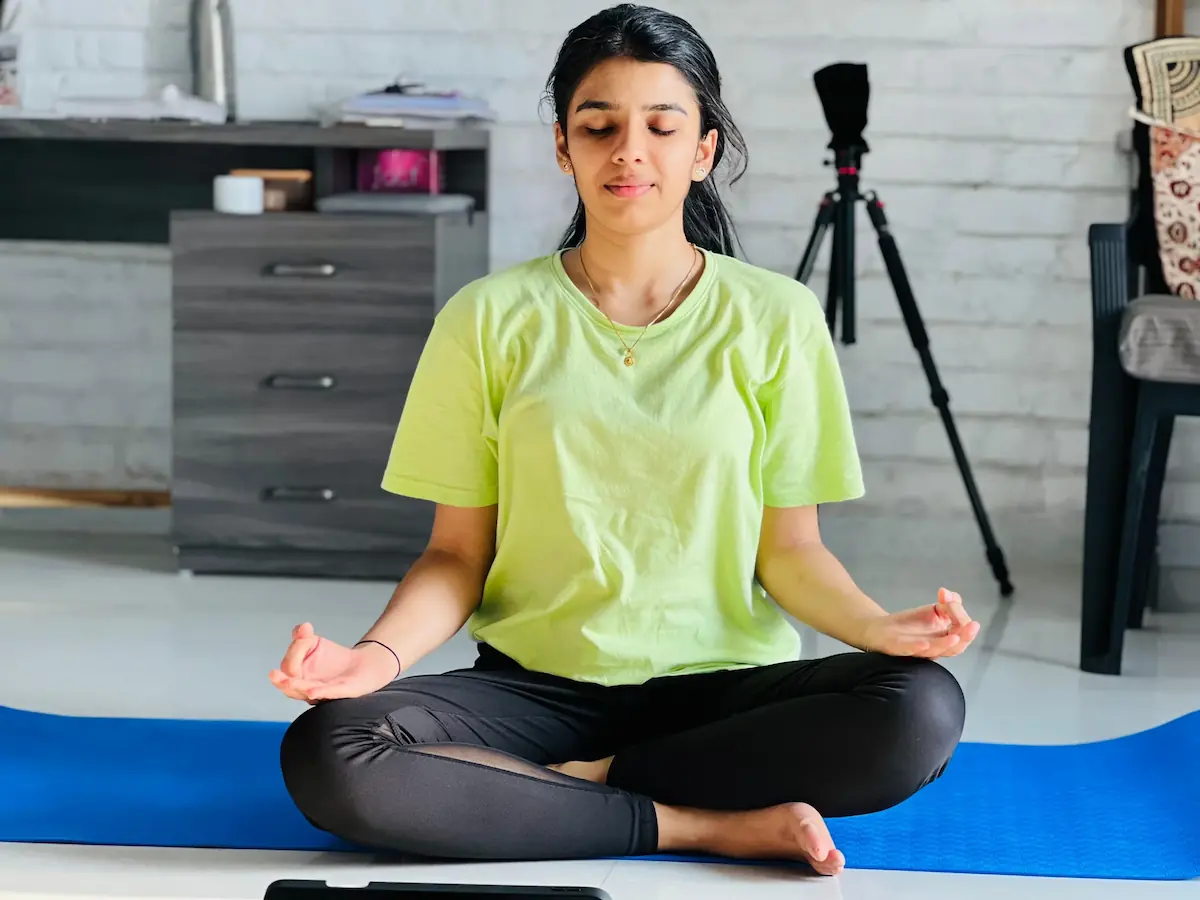Yoga is a word that resonates across cultures, evoking images of serene poses, deep breathing, and a sense of inner peace. But what is yoga, really? For beginners stepping into this ancient practice, yoga can seem both intriguing and overwhelming. Is it just exercise? A spiritual journey? A way to relax? The truth is, yoga is all of these things—and much more.
In this beginner’s guide, we’ll dive deep into the yoga definition, explore the history of yoga, and uncover the yoga meaning that has captivated millions for millennia. Whether you’re curious about its origins, its philosophy, or the transformative benefits it offers, this article will provide a clear and comprehensive starting point.

Yoga Definition: What Does Yoga Mean?
At its core, the word “yoga” comes from the Sanskrit root yuj, which means “to yoke” or “to unite.” This simple yet profound yoga definition points to its essence: a practice that seeks to harmonize the body, mind, and spirit. Yoga is not just a set of physical postures (known as asanas); it’s a holistic system designed to bring balance and connection to every aspect of life.
In practical terms, yoga encompasses physical exercises, breathing techniques (pranayama), meditation, and ethical principles. It’s a discipline that originated in ancient India and has evolved into countless styles, from the gentle flow of Hatha Yoga to the dynamic intensity of Vinyasa. For beginners, understanding this yoga meaning is key: it’s not about perfection in poses but about cultivating awareness and unity within yourself.
The yoga definition can also shift depending on context. In the West, yoga is often seen as a fitness regimen, while in its traditional roots, it’s a spiritual path toward liberation (moksha). Regardless of how you approach it, yoga invites you to explore your own journey—making it accessible to everyone, from novices to seasoned practitioners.
The History of Yoga: A Journey Through Time
To truly grasp the yoga meaning, we must travel back to its origins. The history of yoga spans over 5,000 years, rooted in the ancient civilizations of the Indus Valley in what is now India and Pakistan. Archaeological evidence, like the famous Pashupati seal depicting a figure in a meditative pose, suggests that yoga-like practices existed as early as 3000 BCE.
Pre-Classical Yoga: The Seeds of a Tradition
The earliest written references to yoga appear in the Rigveda, one of the oldest sacred texts of Hinduism, dating back to around 1500 BCE. Here, yoga was less about physical postures and more about rituals, mantras, and meditation aimed at transcending the material world. These practices were performed by Vedic priests and ascetics seeking a deeper connection with the divine.
Around 1200–900 BCE, the Upanishads emerged, philosophical texts that expanded on the yoga meaning. They introduced concepts like atman (the individual soul) and brahman (universal consciousness), emphasizing meditation as a way to unite the self with the infinite. This period laid the groundwork for yoga as a spiritual discipline.
Classical Yoga: Patanjali’s Timeless Framework
The history of yoga took a defining turn around 200 BCE with the Yoga Sutras of Patanjali. This text, consisting of 196 aphorisms, codified yoga into a structured system known as the “Eight Limbs of Yoga” (Ashtanga). Patanjali’s work remains a cornerstone of yoga philosophy, offering a step-by-step path to enlightenment. The eight limbs include:

- Yama: Ethical restraints (e.g., non-violence, truthfulness)
- Niyama: Personal observances (e.g., cleanliness, contentment)
- Asana: Physical postures
- Pranayama: Breath control
- Pratyahara: Withdrawal of the senses
- Dharana: Concentration
- Dhyana: Meditation
- Samadhi: Enlightenment or union with the divine
Patanjali’s yoga definition shifted the focus toward a disciplined practice that balances physical, mental, and spiritual growth—ideas that still resonate with modern practitioners.
Post-Classical Yoga: The Rise of Hatha
By the medieval period (around 900–1700 CE), yoga evolved again with the development of Hatha Yoga. This branch emphasized physical techniques—like postures and breathwork—to prepare the body for meditation. Texts like the Hatha Yoga Pradipika (14th century) detailed practices to purify the body and awaken spiritual energy (kundalini). This shift broadened yoga’s appeal, making it more accessible beyond ascetic traditions.
Modern Yoga: A Global Phenomenon
The history of yoga entered a new chapter in the late 19th and early 20th centuries when Indian sages like Swami Vivekananda introduced yoga to the West. At the 1893 Parliament of the World’s Religions in Chicago, Vivekananda spoke of yoga as a science of the mind, sparking global interest. Later, teachers like T. Krishnamacharya, B.K.S. Iyengar, and Pattabhi Jois refined and popularized physical yoga practices, blending tradition with innovation.
Today, yoga is a worldwide phenomenon, with styles like Vinyasa, Bikram, and Yin catering to diverse needs. Its journey from ancient rituals to modern studios reflects its adaptability—and its enduring yoga meaning as a tool for transformation.
The Philosophy of Yoga: More Than Just Poses
While the physical benefits of yoga are well-known, its philosophy runs much deeper. At its heart, yoga is about understanding the self and the universe. The yoga definition extends beyond exercise to a way of living that fosters peace, purpose, and connection.
Unity and Balance
The yoga meaning revolves around unity—bridging the gap between the individual and the universal. This idea stems from ancient Indian philosophies like Samkhya, which describes the interplay of purusha (consciousness) and prakriti (matter). Yoga seeks to quiet the mind’s fluctuations (chitta vritti) so we can experience our true nature.
The Eight Limbs in Practice
Patanjali’s Eight Limbs provide a practical framework for this philosophy. For beginners, the physical postures (asanas) and breathwork (pranayama) are entry points, but the journey doesn’t stop there. The yamas and niyamas encourage ethical living—think of them as yoga’s moral compass. Meditation (dhyana) and concentration (dharana) deepen self-awareness, leading to samadhi, a state of blissful unity.
Karma, Bhakti, and Jnana: Paths to Liberation
Yoga philosophy also includes different paths to suit various temperaments:
- Karma Yoga: The path of selfless action.
- Bhakti Yoga: The path of devotion and love.
- Jnana Yoga: The path of knowledge and wisdom.
These paths show that yoga is flexible—whether you’re drawn to service, spirituality, or intellectual inquiry, there’s a way to practice.
Benefits of Yoga: Why It Matters for Beginners
Now that we’ve explored the history of yoga and its philosophy, let’s talk about why it’s worth trying. The benefits of yoga are vast, touching every aspect of life—physical, mental, and emotional. For beginners, these rewards make yoga an inviting practice to start and sustain.
Physical Benefits
Yoga’s physical practice strengthens and stretches the body in ways that are gentle yet effective. Studies show it can:
- Improve flexibility: Regular practice lengthens muscles and increases range of motion.
- Boost strength: Poses like Plank or Warrior build muscle endurance.
- Enhance balance: Standing poses like Tree Pose sharpen coordination.
- Relieve pain: Yoga can ease chronic conditions like lower back pain or arthritis.
Unlike high-impact workouts, yoga is low-risk and adaptable, making it ideal for all ages and fitness levels.
Mental and Emotional Benefits
The yoga meaning shines through in its mental rewards. By combining movement with breath, yoga calms the nervous system and reduces stress. Research highlights:
- Reduced anxiety: Mindfulness in yoga lowers cortisol levels.
- Improved focus: Breathwork and meditation sharpen concentration.
- Better sleep: Relaxation techniques promote restful nights.
For beginners, even a short session can leave you feeling grounded and refreshed.
Spiritual Benefits
While not everyone approaches yoga spiritually, its roots offer a sense of purpose. The practice encourages self-reflection and connection—whether to your inner self, nature, or something greater. This aspect of the yoga definition resonates with those seeking meaning beyond the material.
Getting Started: Yoga for Beginners
Ready to try yoga? Here’s how to begin your journey with confidence.
Choose a Style
With so many options, start with a beginner-friendly style:
- Hatha Yoga: Slow-paced, focused on basic poses.
- Vinyasa Yoga: Flowing movements synced with breath.
- Restorative Yoga: Relaxing poses for stress relief.
What You’ll Need
- A yoga mat (non-slip is best).
- Comfortable, stretchy clothing.
- Optional: Blocks, straps, or a bolster for support.
Tips for Success
- Start small: Try a 15–20-minute session.
- Listen to your body: Avoid pushing into pain.
- Breathe: Let your breath guide your movements.
- Be patient: Progress comes with consistency.
Online classes, apps, or local studios are great places to learn. Look for beginner sequences like Cat-Cow, Downward Dog, and Child’s Pose to build a foundation.
🧘 Ready to Take Your Practice Further?
Meditation is a great start—but combining it with movement brings even more balance and clarity. If you’re in Ahmedabad, join us for expert-led yoga and meditation sessions designed to energize your body and calm your mind.
🌟 Book Your First Yoga Class NowCommon Misconceptions About Yoga
As you explore the yoga meaning, you might encounter myths. Let’s clear them up:
- “You need to be flexible”: Yoga builds flexibility over time—no prerequisites needed.
- “It’s only for the spiritual”: You can practice yoga for fitness or relaxation alone.
- “It’s too hard”: There’s a style and pace for everyone.
Yoga is inclusive—its beauty lies in meeting you where you are.
The Yoga Meaning in Today’s World
In 2025, yoga continues to evolve. From virtual classes to workplace wellness programs, it’s more accessible than ever. The history of yoga shows its ability to adapt, yet its essence—union and balance—remains unchanged. Whether you’re drawn to its physical perks, mental clarity, or spiritual depth, yoga offers something unique for every beginner.
Conclusion: Your Yoga Journey Begins
So, what is yoga? It’s a practice, a philosophy, and a way of life with roots stretching back thousands of years. The yoga definition encompasses unity, the history of yoga reveals its timeless wisdom, and the yoga meaning invites you to discover your own path. As a beginner, you don’t need to master every pose or chant a mantra—just step onto the mat with curiosity. The benefits—stronger body, calmer mind, deeper connection—will unfold with time.
Take a deep breath, roll out your mat, and start exploring. Yoga isn’t about where you end up; it’s about the journey itself. Welcome to yours.


5 thoughts on “What Is Yoga? A Beginner’s Guide”